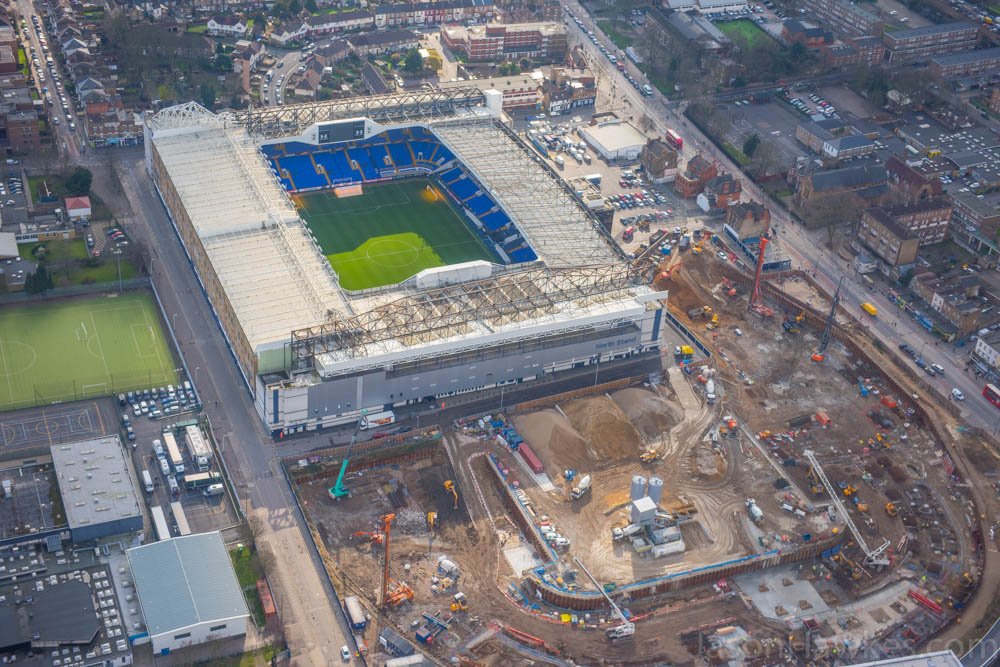- Jun 7, 2004
- 18,106
- 45,030
Right then- when do the heritage groups get their chance to fuck things up? Do you know @davidmatzdorf ?
A judicial review has to be demanded within 6 weeks of a planning approval being issued. That doesn't mean within 6 weeks of the council's planning committee meeting, it refers to the written decision being issued, which I assume has been delayed waiting for the Mayor to announce today's approval.
This is from advice and guidance on judicial reviews published by a firm of solicitors I used to work with a lot:
A Judicial Review claim can be brought up to six weeks from the date that the grounds for the claim first arose. In the case of planning, that’s six weeks from the date on the permission not six weeks from the committee meeting. Although the committee resolve to grant planning, planning isn’t actually granted by the planning authority until the printed planning permission is issued. That is often weeks, if not months, after the planning committee met – particularly if a s106 (Planning) Agreement is being negotiated.
http://www.lewissilkin.com/Knowledge/2013/October/~/media/Knowledge PDFs/RED/A little bit of law Judicial Review and Planning.ashx






